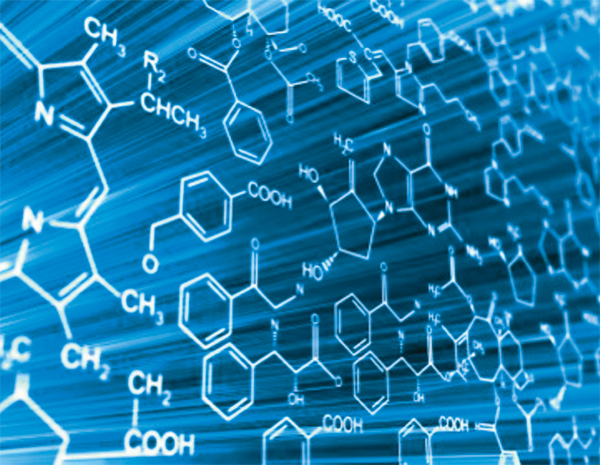
Bringing chemistry to life (science)
Staying at the forefront of any field requires the adaptability to move with the times and the foresight to choose the best partners.

This is true for individuals, institutions, and even scientific disciplines, as evidenced in an editorial published online this week in Angewandte Chemie International Edition. In it, Carsten Schultz from EMBL Heidelberg charts the history of chemistry at the Lab, and looks forward to seeing his fellow chemists ever more deeply-embedded in biological studies.
From its beginnings as a ‘service’ to the current five independent research groups using chemistry to address their own biological questions, Schultz recalls how the role of chemists at EMBL has evolved as the focus, tools and needs of molecular biology shifted. For Schultz’s own lab, as well as the groups of Maja Köhn and Edward Lemke, also at EMBL Heidelberg, and John Overington and Christoph Steinbeck at EMBL-EBI, many projects have emerged precisely because innovative chemistry tools were required to address pressing biological questions.
We believe that this crossover is most likely to be successful if the chemists are so deeply involved in the biology that they answer their own biological questions
“At EMBL, we believe that this crossover is most likely to be successful if the chemists are so deeply involved in the biology that they answer their own biological questions,” Schultz writes. That deep involvement in the biology can be fostered by an institutional structure that, rather than grouping chemistry-oriented labs in a single department, effectively embeds them in different units focused on various aspects of biological research, Schultz argues.”This ensures maximal exposure of the chemists to the current biology in the laboratory and provides the biologists with information on the latest developments in chemistry.”
A chemist by training, Schultz first became interested in applying his knowledge and skills to the study of living systems during his PhD and then later as a postdoc in Roger Tsien’s lab. He believes this partnership between the two disciplines will continue to thrive, and anticipates that future generations of chemists will make substantial contributions to our understanding of life. In his outlook, he envisions the intact cell as the test tube of the future – for chemists and biologists alike.


